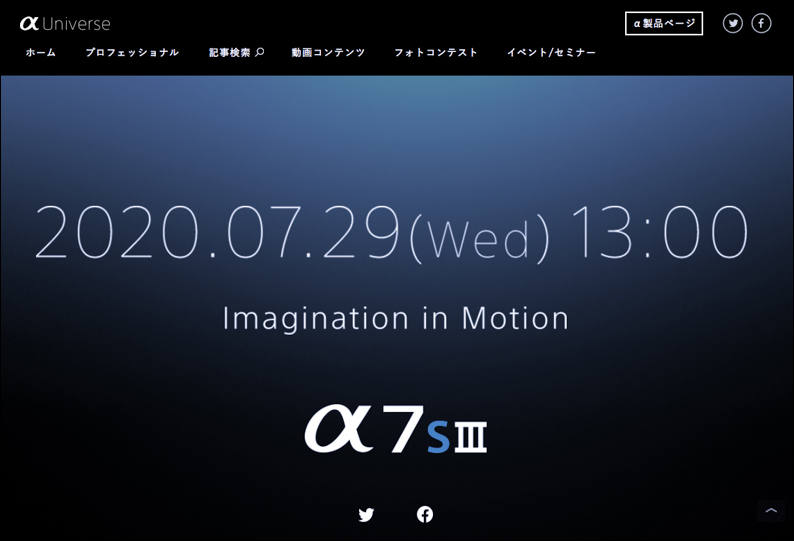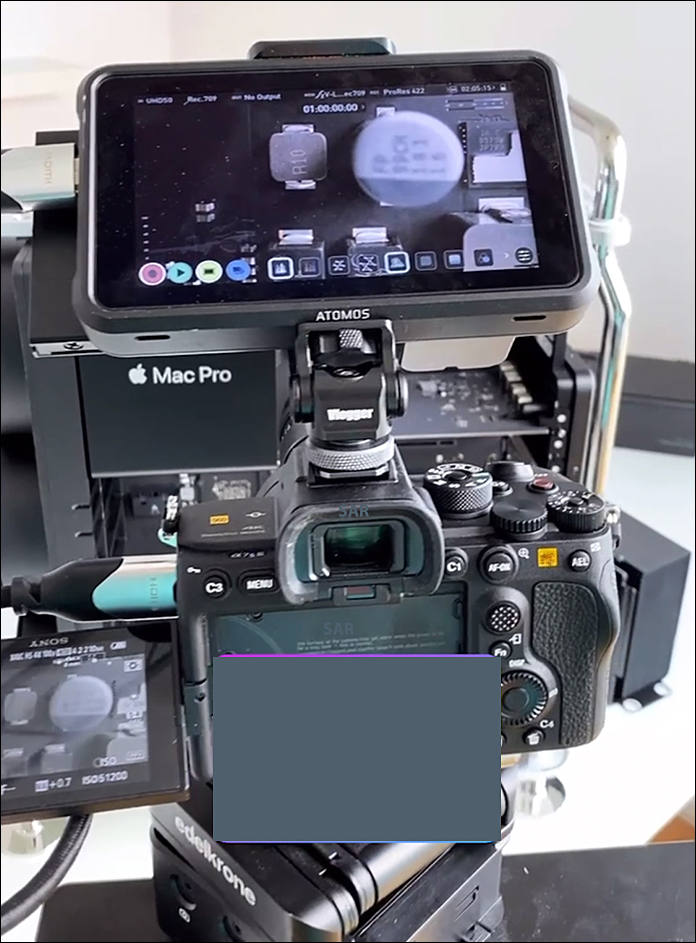
-
And I don't understand your definition of efficiency. A fan takes up space and hogs the battery and makes noise. That is not an "efficient" solution if the maximand includes battery life and noise and camera size.
I mean cooling system efficiency, it has nothing to do with battery. Just how many watts you can dissipate from the given place.
I am sure (?) liquid cooling cools more effectively but that would not likely to be videography efficient.
Liquid cooling or heatpipes are just ways of transfer heat to other place with bigger heatsink :-)
-
Rumored specs
- 12MP FF stacked sensor with fast readout, but not best noise
- Old LSI as main heard of the camera
- FHD 240fps, 4k120fps 10bit 4:2:2 and 4K120fps raw over HDMI
- Use body parts from Sony A7rIV.
- 9.44 million dot EVF with real QXGA resolution
- passive (noise free) cooling system, bad one
- no overheating with 20 degrees outside and moderate usage
- no 30 min recording time limit
- Support only slow UHS II cards
- Announcement late July
-
@paglez there's gonna be a ton of cameras using this new sensor including at least panasonic. I'd wait for prices to go down first. they're gonna jack up the price just from the hype. pick up the same sensor for 30% less in other camera manufacturers. look what happened to the a7iii. it's only 8 bit but the same sensor is used in the panasonic S1H on the netflix approved camera list!
if this camera does indeed have 10 bit internal, if it uses slog3, it would need 12 bits anyway since the dynamic range will probably be increased. even pan s1 users say the vlog is too strong for 10 bit in low light. and this thing will be used for all kinds of low light! but they aren't going to put 12 bit in sony camera or it will hurt their flagship.
the sigma FP has 12 bit but no log, so it has bad dynamic range. you need both logarithmic and 12 bit, not one or the other. we've maxed out existing bits in our workflows. it's time to look ahead.
we need gen 3, not gen 2 color science with bandaids. RAW in the Komodo may still be the best option because at least they have real RAW. everyone else is still 7 years behind. I think, only Arri got the closest because they use 16 bit pipeline.
-
Most camera brands still do not understand that they are in survival mode.
Almost all management behaves as nothing happens.
-
Announcement on July 28/29. Available mid August . Source (as rumour): https://www.sonyalpharumors.com/rumor-sony-a7sii-successor-announcement-on-july-29th-and-available-mid-august/
-
Specs in first post slightly updated.
Info from my source (not Sony, big big seller)
- Sony do not expect big sales of this model
- Even conservative numbers had been revised to be 3x less during July already
- In case of new stimulus in US Sony informed sellers that 30-35% price hike can happen for all FF cameras
- At the beginning of 2021 Sony plans to focus only in small professional niches and they in talks with sellers on this
- If second big coronavirus wave will happen Sony will ditch lof of production facilities and remove any tourism reated PR and bloggers sponsorship, they informed sellers that stock can drop 2-3 times
-
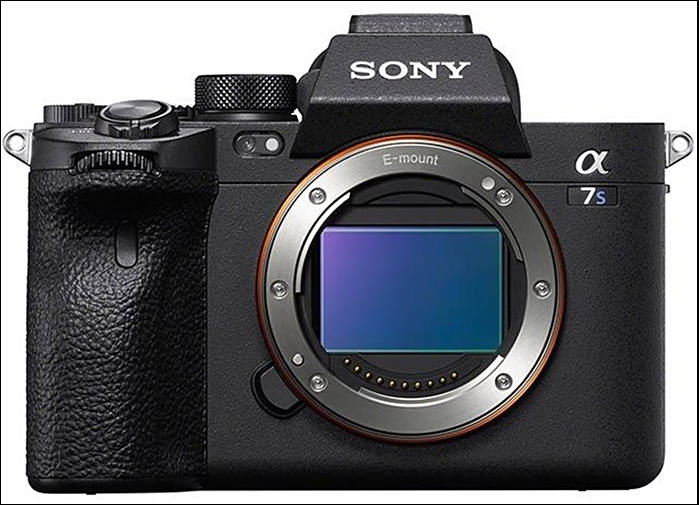
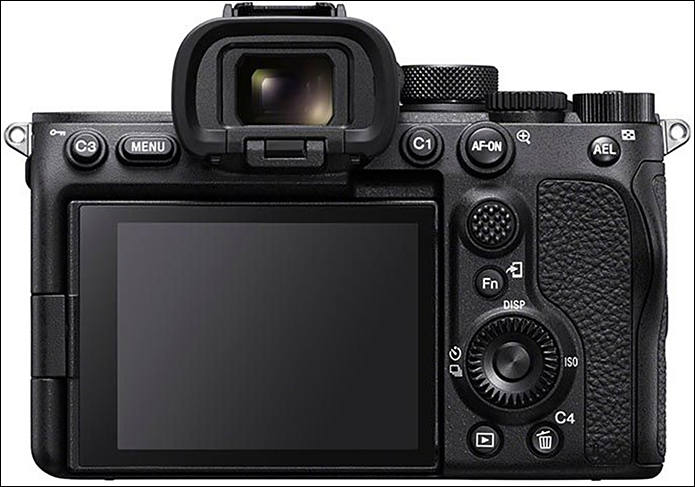
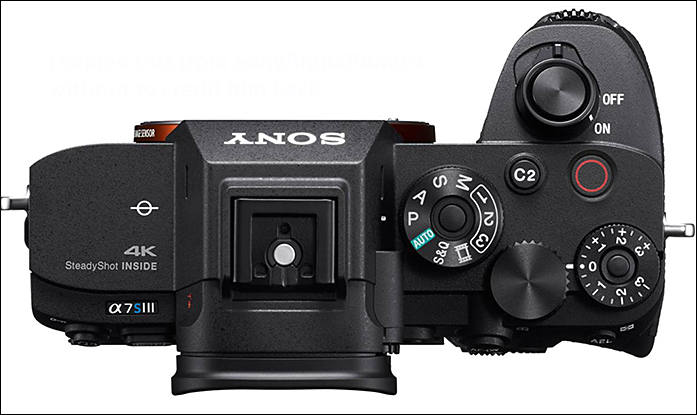

 sa13892.jpg699 x 505 - 61K
sa13892.jpg699 x 505 - 61K
 sa13893.jpg695 x 487 - 51K
sa13893.jpg695 x 487 - 51K
 sa13894.jpg697 x 415 - 42K
sa13894.jpg697 x 415 - 42K -
Almost five years after the Alpha 7S II, Sony is launching the successor: The Alpha 7S III has an improved 12-megapixel sensor, records 4K at 120p and is said to achieve exceptional results in low-light photography thanks to large pixels. As with the Alpha 7S II, the sensor of the Alpha 7S III has a resolution of 12 megapixels, but is now exposed on the back.
At the heart of the new Alpha is a 12 megapixel full-frame sensor that has been improved compared to the Alpha 7S II. Sony is now opting for a construction with back exposure (BSI), with which more light can be captured and which enables better results with low light shots. The maximum sensitivity is still ISO 409.600 (expandable down to up to ISO 40). The sensor is supported by the new BIONZ-XR processor, which is said to have eight times as much computing power as the previous image processor. Sony is also breaking new ground in operation: For the first time in the Alpha 7 series, a fully moveable monitor (3.0 inches, 1.44 million points) was installed, which now also allows touch operation of the menus. The structure of the menus has also been completely revised; among other things, only the relevant entries are available in photo and video mode for better clarity. The OLED viewfinder achieves a record resolution of 9.44 million points and a magnification of 0.9x. Even glasses wearers have the entire picture in view, the size of the picture can also be reduced.
4K with 120p
One focus of the camera is video recording. Unlike Canon with the EOS R5, Sony does not use 8K for video, but continues to use 4K, which is said to achieve the best results so far with an alpha camera. The sensor’s 12 MP resolution enables a full-pixel readout without pixel binning and without crop up to 4K / 60p. In this setting, the recording limit should be one hour without overheating – the EOS R5 only manages 30 minutes at 4K / 60p. The video recording of the Alpha 7S III in 4K / 120p mode is limited to this length – by the way, a slight crop is used (1.1x).
The monitor can be swiveled, and the handle and controls have become larger, as with other cameras of the third Alpha generation.
With Full HD, the Alpha 7S III even records at up to 240p. For time-lapse recordings, lower frame rates up to 1p can also be selected in S&Q mode. It is recorded internally with a color subsampling of 4: 2: 2 and a color depth of 10 bits. New codecs are available: XAVC-S-I records single images (All-I) with a data rate of up to 500 Mbits / s, XAVC-HS reduces the amount of data in image group compression to 200 Mbit / s thanks to H.265 compression. With HDMI 2.1, the camera can even output 4K / 60p as 16-bit raw files (ProRes Raw) to an Atomos recorder. Of course there is also a logarithmic gamma profile available (S-Log 2/3), which should enable a dynamic range of over 15 f-stops; the sensitivity starts here at ISO 640 (extended: ISO 160). According to Sony, the rolling shutter effect has been significantly minimized. The Alpha 7S III is equipped with a 5-axis image stabilizer in the housing, which, measured according to the CIPA standard, achieves an effectiveness of 5.5 f-stops; In video mode, digital stabilization (active mode) is also used, which also uses a gyro sensor. The information from this gyro sensor can also be stored in the metadata of the videos so that it can be used in post-processing for digital stabilization.
Fast autofocus and 10 frames/s
The hybrid autofocus covers 92% of the image sensor and uses 759 measuring fields with phase detection and 425 with contrast AF. In addition to human, the AF algorithms now also recognize animal eyes – according to Sony, also at a greater distance than before. The AF sensitivity goes down to -6 EV series, the camera shoots at up to 10 frames / s. The mechanical lock is designed for 1/8000 s.
Sony is using two memory card drives in the Alpha 7S III for the first time, which can use both SD cards (UHS-II) and the new CFexpress type A cards. They are smaller than Type B cards and faster than SD cards. For most video modes, SD cards of video classes V60 and V90 are sufficient; CFexpress is only required in S&Q mode with 4: 2: 2 color subsampling and 10 bit color depth. The series mode also benefits from the faster cards; 1000 uncompressed raws in a row should be possible here. Sony plans to launch two CFexpress Type A cards on the market in September, which have a write speed of 700 MB / s and a read speed of 800 MB / s: The 80 GB version is said to be 230 euros, the 160 GB version 440 Cost euros and supplies electricity for 600 photos or 95 minutes of video.
A Z battery is used for the power supply,which can be charged via USB-C and power for 600 photos or 95 minutes of video. Continuous power supply via USB is also possible. The Sony Alpha 7S III should be available in September for around 4200 euros.
-
So... 10bit 4:2:2 120fps 4K. The really valuable spec here is the 15 stops of DR. If those 15 stops are real, this should be really close to Alexa depth. Not at a structural level like Alexa manage noise, but more in color accuracy.
Also full frame... better sensor than S1H that is for shure. there is a reasonable logic for a7iii being delayed.
-
i just saw the dynamic range video from B&H. it. is. 15 stops. no joke. all other camera manufacturers will now file for bankruptcy, lol. 16 bit RAW ain't bad either, although there is currently no device that can even handle that! that in itself is awesome!
-
On price
Till around July 20th Sony decided on final retail price.
Keeping good target profit (>100% margin after initial batch) they could stay in $2999-$4999 region.
Some of ambassadors and 60% of managers stood for $3999 price.
Two ambassadors/reviewers proposed even $4399.
Little strange EU price is again result of all this discussions.
During BF Sony will lower price to $2999. But can drop to $2499 even.
-
In reality it’s always never the claimed specs, and Sometimes it is. From what I’ve seen it seem to have really good DR BUT , the blacks crashed too much, but sky always perfect, also no one in those vídeos y a pro colorist.
16 bit raw it will show true potential since all the unprocessed video pass through the LSI is cocked forever.
Howdy, Stranger!
It looks like you're new here. If you want to get involved, click one of these buttons!
Categories
- Topics List23,992
- Blog5,725
- General and News1,354
- Hacks and Patches1,153
- ↳ Top Settings33
- ↳ Beginners256
- ↳ Archives402
- ↳ Hacks News and Development56
- Cameras2,367
- ↳ Panasonic995
- ↳ Canon118
- ↳ Sony156
- ↳ Nikon96
- ↳ Pentax and Samsung70
- ↳ Olympus and Fujifilm101
- ↳ Compacts and Camcorders300
- ↳ Smartphones for video97
- ↳ Pro Video Cameras191
- ↳ BlackMagic and other raw cameras116
- Skill1,960
- ↳ Business and distribution66
- ↳ Preparation, scripts and legal38
- ↳ Art149
- ↳ Import, Convert, Exporting291
- ↳ Editors191
- ↳ Effects and stunts115
- ↳ Color grading197
- ↳ Sound and Music280
- ↳ Lighting96
- ↳ Software and storage tips266
- Gear5,420
- ↳ Filters, Adapters, Matte boxes344
- ↳ Lenses1,582
- ↳ Follow focus and gears93
- ↳ Sound499
- ↳ Lighting gear314
- ↳ Camera movement230
- ↳ Gimbals and copters302
- ↳ Rigs and related stuff273
- ↳ Power solutions83
- ↳ Monitors and viewfinders340
- ↳ Tripods and fluid heads139
- ↳ Storage286
- ↳ Computers and studio gear560
- ↳ VR and 3D248
- Showcase1,859
- Marketplace2,834
- Offtopic1,320




